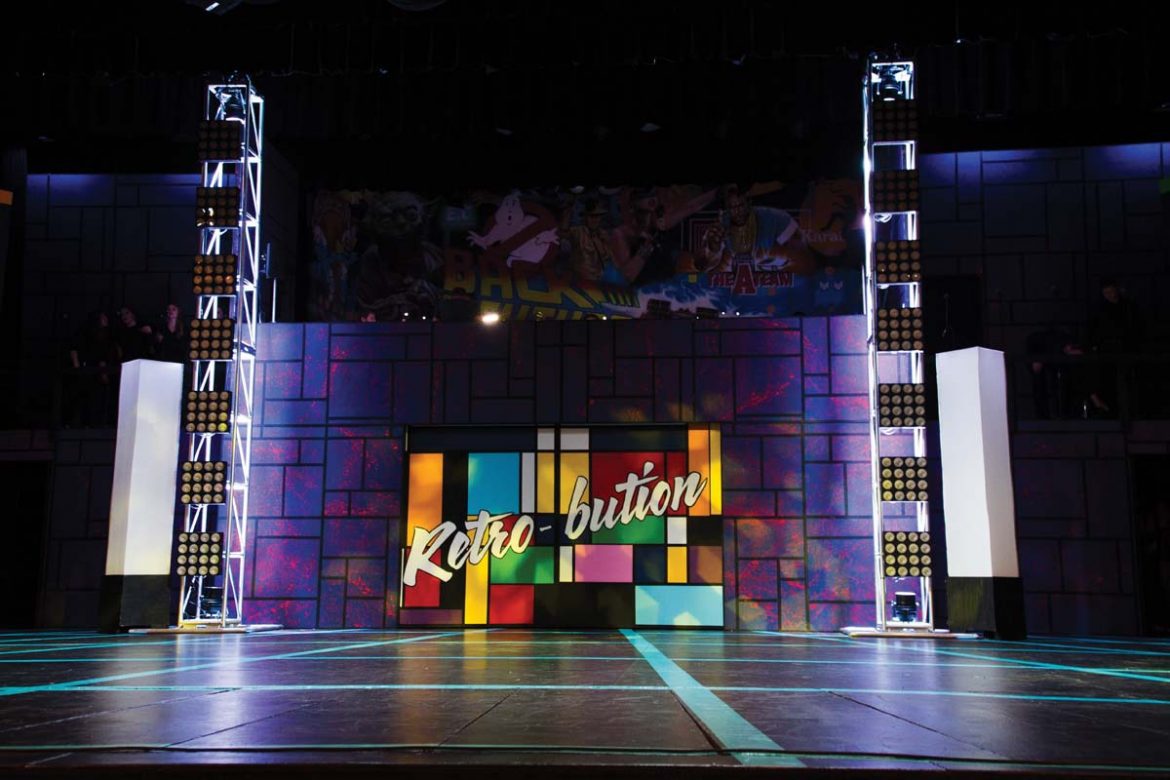This year marks 42 years since Harding’s first Spring Sing performance in 1974 — but what did that first show look like? According to former professor of theatre Dr. Morris Ellis, who served as the show’s first official technical director, Spring Sing began entirely as “a student-driven, student-directed, student-teched production.”
Ellis said students, inspired by Abilene Christian University’s Sing Song, approached Dr. Jack Ryan, former professor of oral communication, and asked him to sponsor a club-based musical variety show for Harding. When Ryan agreed, they put on the whole show themselves. Current theatre department chair Robin Miller, who was a Harding freshman in 1974, did technical work on that first show.
“We (did not know) what we were doing,” Miller said. “There was a case of ‘What is this thing?'”
However, from a faculty perspective, Ellis, who became technical director in 1975, saw the first few productions as Spring Sing’s first steps — a chance for students to explore the show’s possibilities through trial and error.
“Those early years were so exciting because the students were learning what could and could not be done on stage,” Ellis said. “They had no references to what had been done before.”
Since the Benson Auditorium would not open until 1980, Spring Sing spent its first years in the Administration Auditorium a much smaller venue which presented a number of challenges. According to Ellis, the auditorium provided virtually no backstage space either for performers or for their set pieces.
“There are two sets of stairs onto the Administration Auditorium stage from the basement, and literally, people came in, came up the stairs, went on one side, went down the other and went out,” Miller said. “It was a challenge.”
According to Miller, working in such a cramped space meant fewer people onstage and a simpler show format. While the early Spring Sing shows did feature hosts and hostesses, they did not include an ensemble. Miller said a band (though not the traditional jazz band) did play live, but not in an orchestra pit — they stood in front of the first row. And while current students might associate Spring Sing with enthusiastic choreography, the first shows focused much more on the singing, according to Miller.
“It was much more of a choral competition between the clubs,” Miller said. “There was virtually no movement … We literally used choir risers for the clubs, and you actually had a conductor on stage.”
Spring Sing has since changed its venue, updated its technology and altered its format, but Miller said he feels that the heart of Spring Sing — “student involvement, student discovery and student learning” — has remained consistent over the years.
“It is a lot of fun, it is a lot of work, but I see students who grow through the process,” Miller said. “I see club leaders who learn leadership skills (and) how to work with people (and) how to solve problems. I see students who have never been in front of an audience in their life … get out there and do something they never dreamed they could do with their friends, and have success with it … it’s that student involvement and student learning that’s just so wonderful about the show.”
